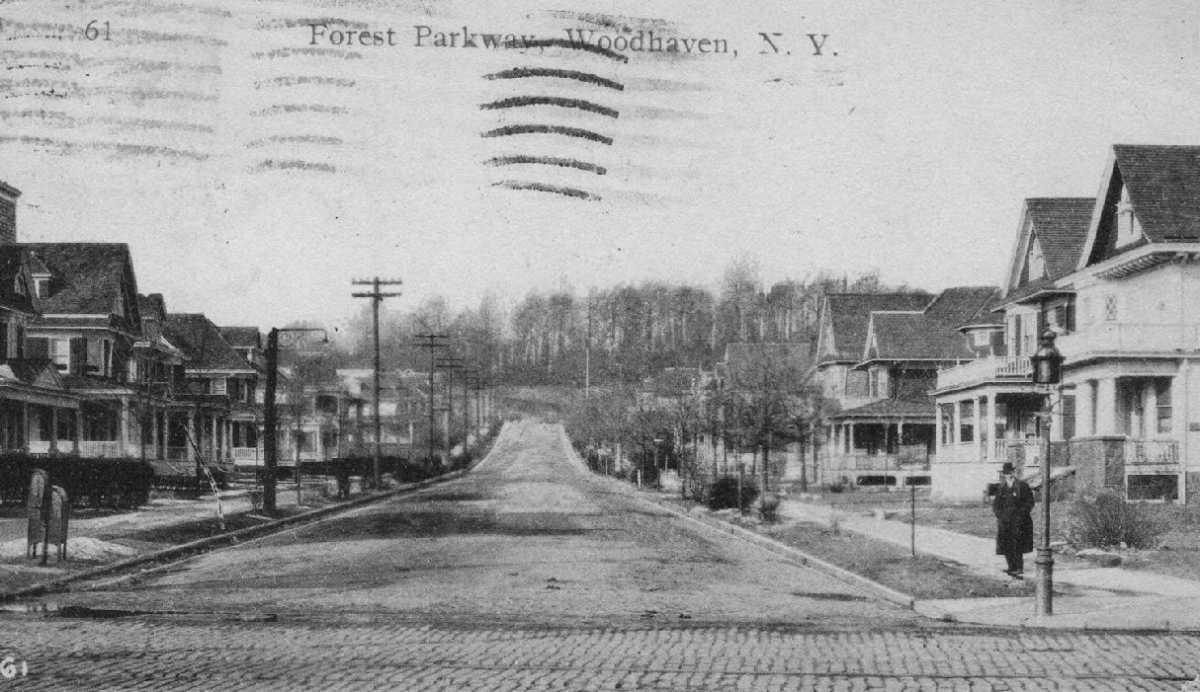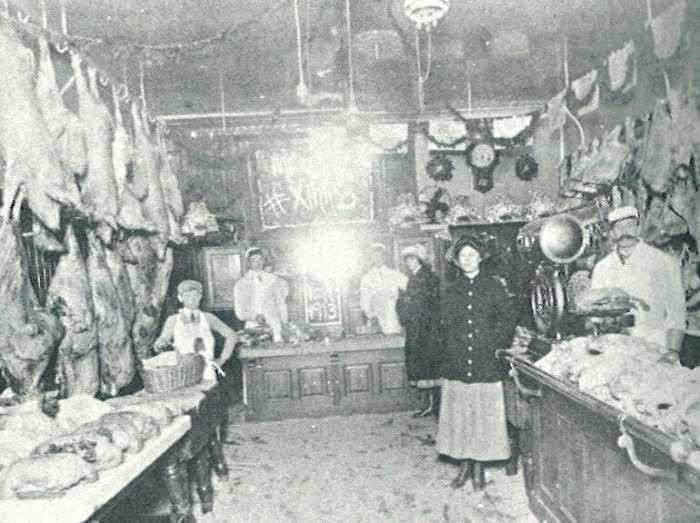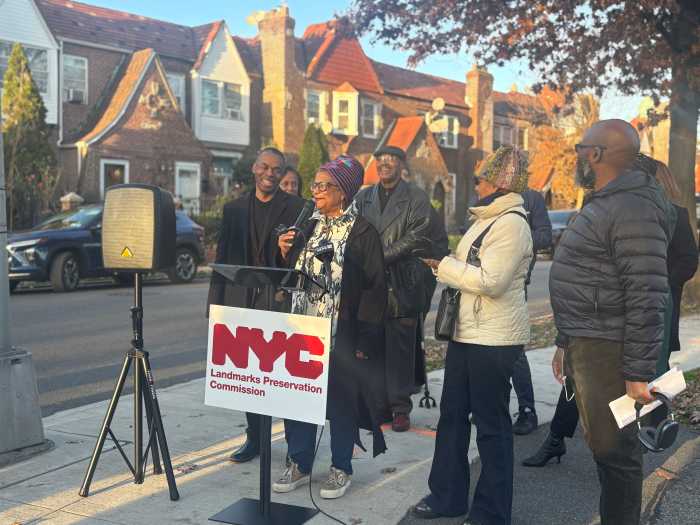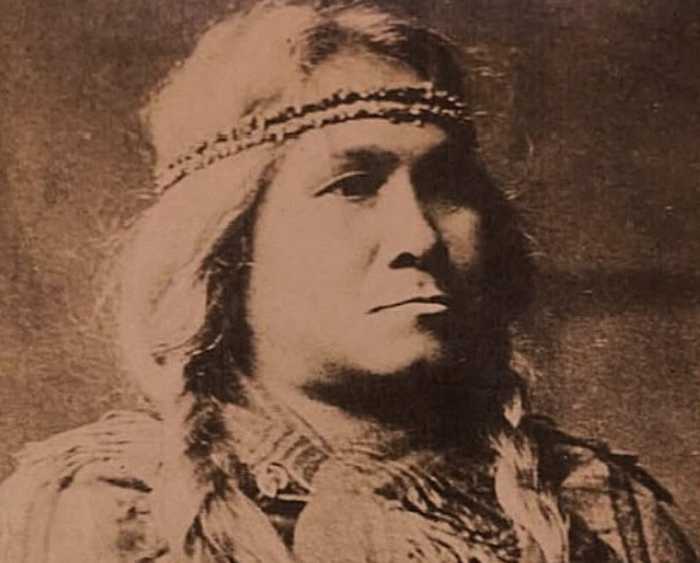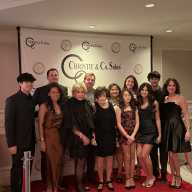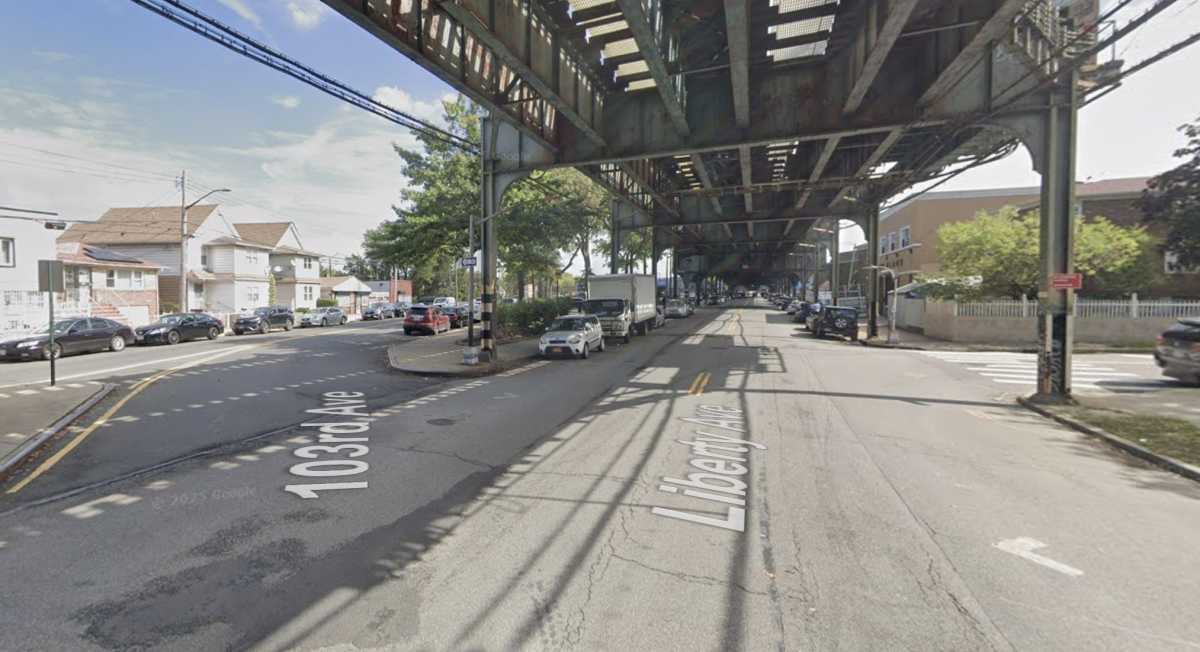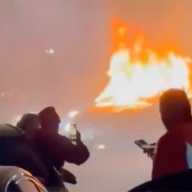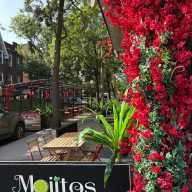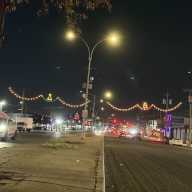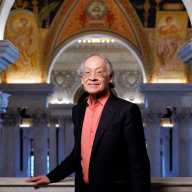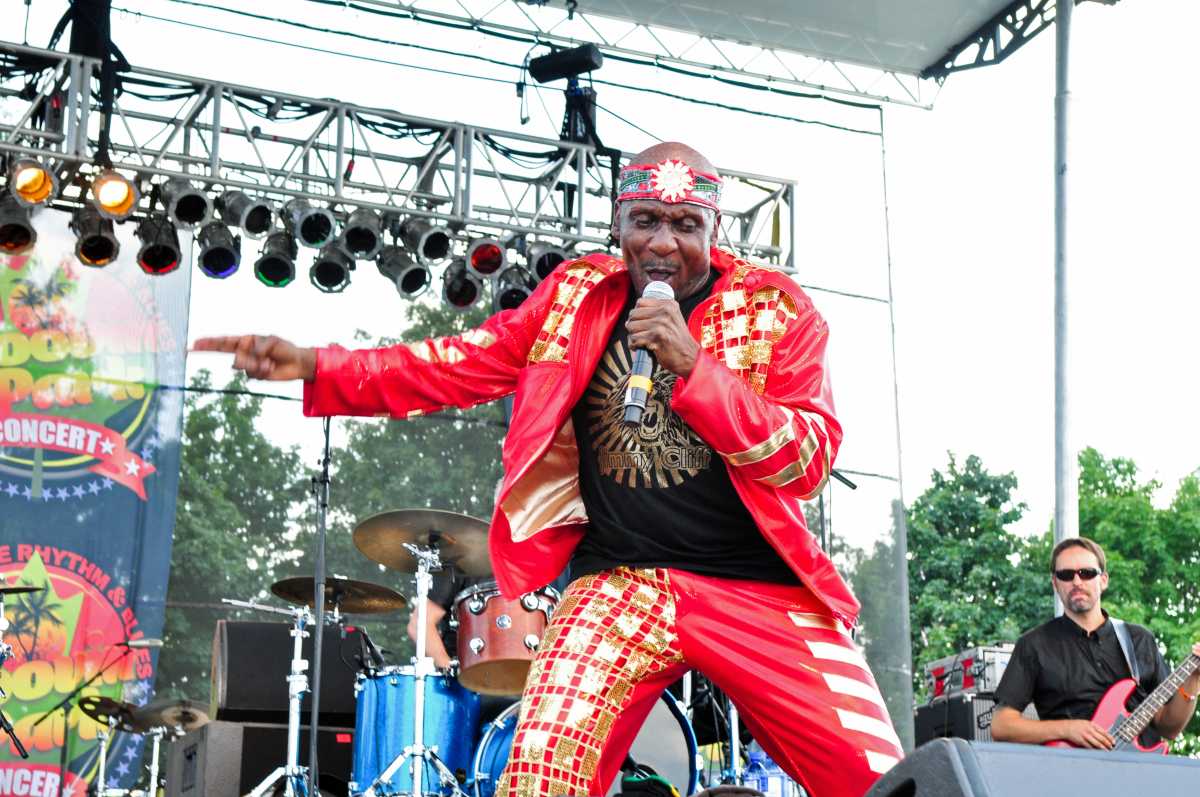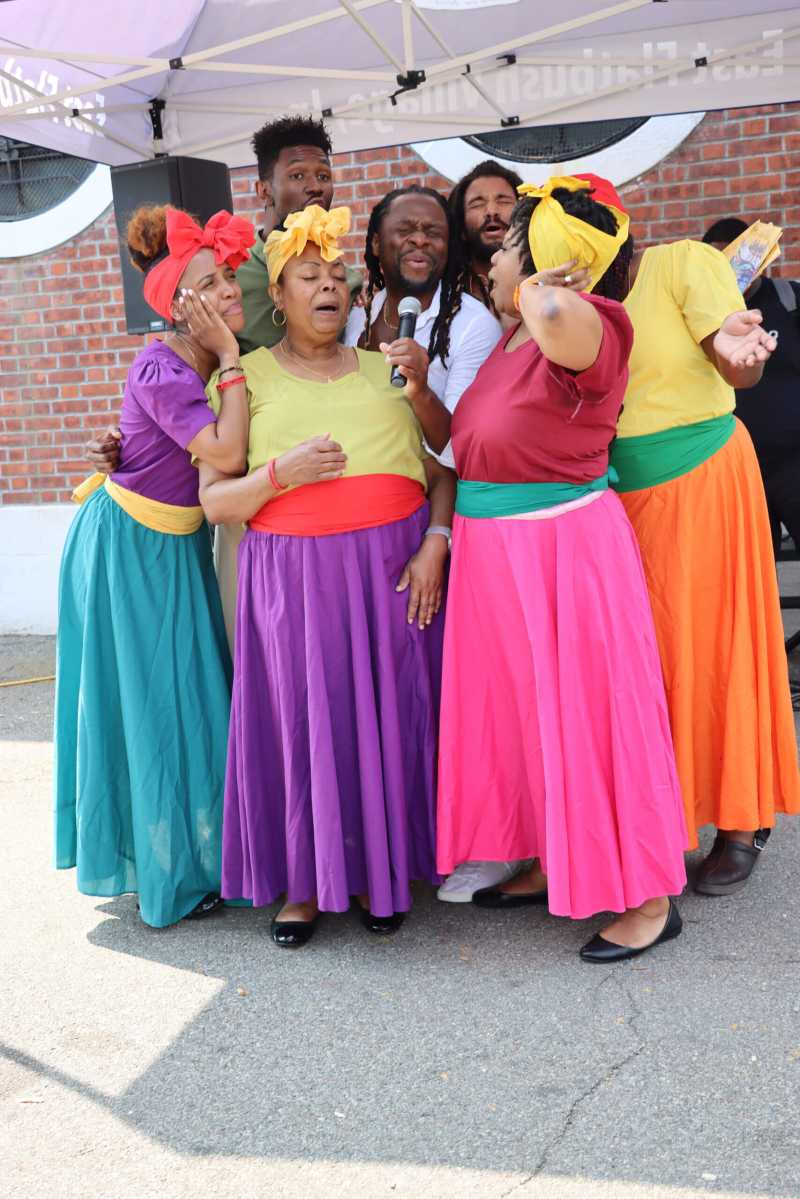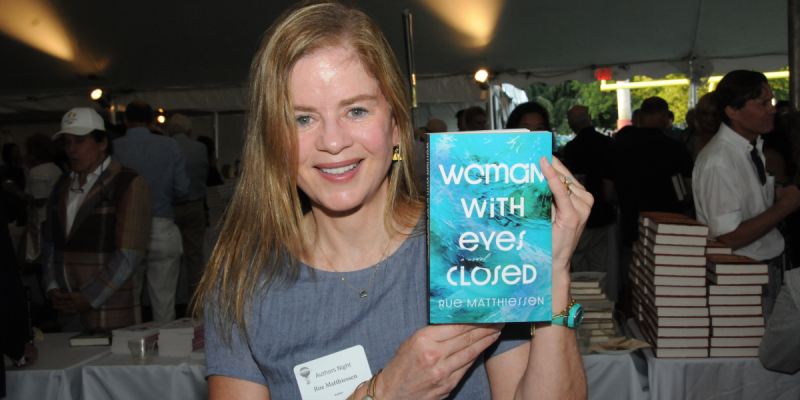Several well-known roads in Woodhaven — Jamaica Avenue, Atlantic Avenue and Woodhaven Boulevard — can be found on maps dating back over 200 years. These streets evolved from paths once used by Native Americans and early traders.
But Forest Parkway, which today serves as Woodhaven’s unofficial town square, wasn’t laid out until 65 years after the town was founded.
In the late 1890s, real estate developer Dean Alvord purchased a large tract of land between Jamaica Avenue and Forest Park. Alvord envisioned more than just a street, he aimed to create a small, self-contained community within Woodhaven.
Plots went up for sale in 1900, and homes quickly followed. Alvord employed many of the same contractors and builders he had used in his earlier development, Prospect Park South in Brooklyn. If you’ve ever passed through Prospect Park South, or looked it up online, you’ll notice a striking resemblance to Forest Parkway, even today.
In the early 1900s, Forest Parkway was considered a suburb of Woodhaven, stretching from Leggett Avenue (now 80th Street) to Ferry Street (now 86th Street). At the time, residents were said to live “in” Forest Parkway. Within 15 years, however, the name came to refer solely to the street itself, and people began saying they lived “on” Forest Parkway.
In its early days, Forest Parkway still had several large, undeveloped plots. One of these was purchased by the Forest Tennis Club, which built courts across from Shipley Street (now 85th Drive), near the present-day Woodhaven Library. In 1915, the club hosted a dance on the courts, complete with illuminated grounds, music and refreshments – that must have been a truly memorable event. Eventually, public tennis courts were built in the expanded Forest Park, and the original courts faded into memory.
One of the main attractions of living on Forest Parkway was its proximity to the entrance of Forest Park on Park Lane South. At the top of the Parkway stood a large cannon, donated to the City of New York by Woodhaven residents. It became a beloved local landmark—until one day, it mysteriously vanished. When residents asked the Parks Department, Queens Parks Commissioner John Weier explained that the cannon had been repeatedly vandalized and removed for protection.
“The only way the cannon can be kept at the entrance of Forest Park is to cover it with concrete a foot thick,” Weier said. “Even then, I’m not sure that somebody wouldn’t find a way to take it out!” The cannon was never returned, and its whereabouts remain unknown.
In those early days, pedestrians and horses crossing Forest Parkway faced a new hazard: automobiles. With no stoplights, “autoists” (as drivers were called) often raced recklessly around corners, causing frequent accidents. Before traffic lights were installed, the only thing that slowed cars down was the mud at Jamaica Avenue and Forest Parkway. Vehicles often got stuck, and pedestrians sometimes had to abandon their shoes to reach the sidewalk safely!
Over the past 125 years, Forest Parkway has seen its share of history. Author Betty Smith, best known for “A Tree Grows in Brooklyn,” lived on Forest Parkway across from the library for a time. In 1974, the critically acclaimed television film “Queen of the Stardust Ballroom” filmed scenes on Forest Parkway.
At one end of the street, near Jamaica Avenue, stands a granite monument with a brass plaque honoring Woodhaven’s fallen soldiers from World War II. At the other end, atop a hill in Forest Park, is another monument, this one dedicated to those lost in World War I. The Memorial Trees of Forest Park, now over a century old, are lovingly decorated by locals every Memorial Day.
And nestled among those trees, on Forest Parkway, sits the former clubhouse of the Forest Park Golf Course. In just 125 years, Forest Parkway has amassed a rich and fascinating history, all of which can be experienced in a short walk through one of Woodhaven’s most beloved streets.

